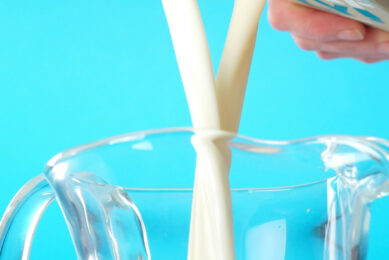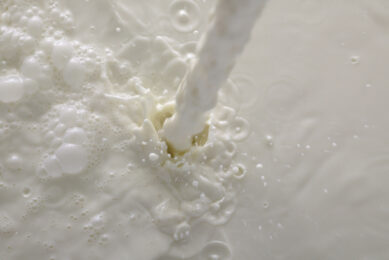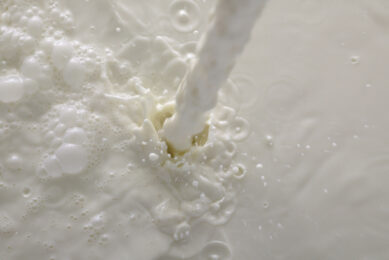Australian dairy industry to reduce food waste by 50%
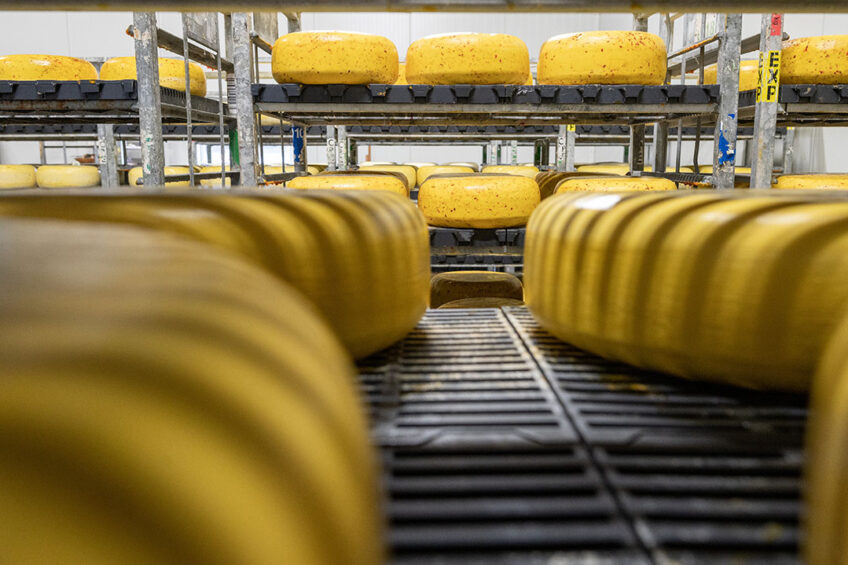
The Australian dairy industry has presented a wide action plan to reduce food waste. The Dairy Sector Food Waste Action Plan should halve food waste by 2030.
Dairy is the first Australian agricultural sector to take this significant step. It is a response to the Australian government’s goal of halving food waste by 2030. According to Dairy Australia managing director, Dr David Nation, food waste from the dairy supply chain has previously been identified as one of the 6 highest Australian food waste sources.
The aim of the Action Plan is to assess and recommend commercial and practical food waste reduction opportunities across the dairy supply chain. “This plan will galvanise the sector to progress opportunities to solve our food waste challenges,” Nation emphasises.
Dairy is Australia’s 3rd-largest rural industry, featuring 4,420 dairy farms and 455 processing factories across the country. In season 2021-2022, the total annual milk production was 8.55 billion litres, with 86% produced in south-east Australia.
Through the development of the Action Plan, the industry has gained insights into where, what, and how much food waste is occurring and identified 10 key actions to reduce waste, reduce environmental impacts, and reduce costs.
There are currently 0.71 million tonnes of actual dairy food waste being generated across the dairy supply chain each year. Significant volumes of dairy food waste are being generated at the manufacturing, food service and household stages.
Cheese production
The highest proportion of dairy food loss is in those states that process the highest volumes of milk (Victoria, Tasmania and New South Wales). Cheese production is responsible for the largest dairy food waste volumes and is predominantly the result of whey (a by-product of cheese production) being discharged to sewer and land.
Milk processing is also responsible for significant dairy food waste volumes, with the majority of this waste stream from finished product not being consumed, and then losses due to process wastes. Raw milk losses on farm are low compared to the rest of the supply chain.
It currently costs dairy manufacturers approximately AUS$700 million (US$471m) per year to manage all potential food waste, with an additional AUS$120 million (US $81m) of revenue lost from wasted finished products.
A key finding from developing the Action Plan has been the importance and ongoing need to consistently monitor dairy food waste and loss across the supply chain. A current challenge for the dairy industry is having a common metric for measuring and monitoring this dairy food waste, given the variability and range of dairy food products.
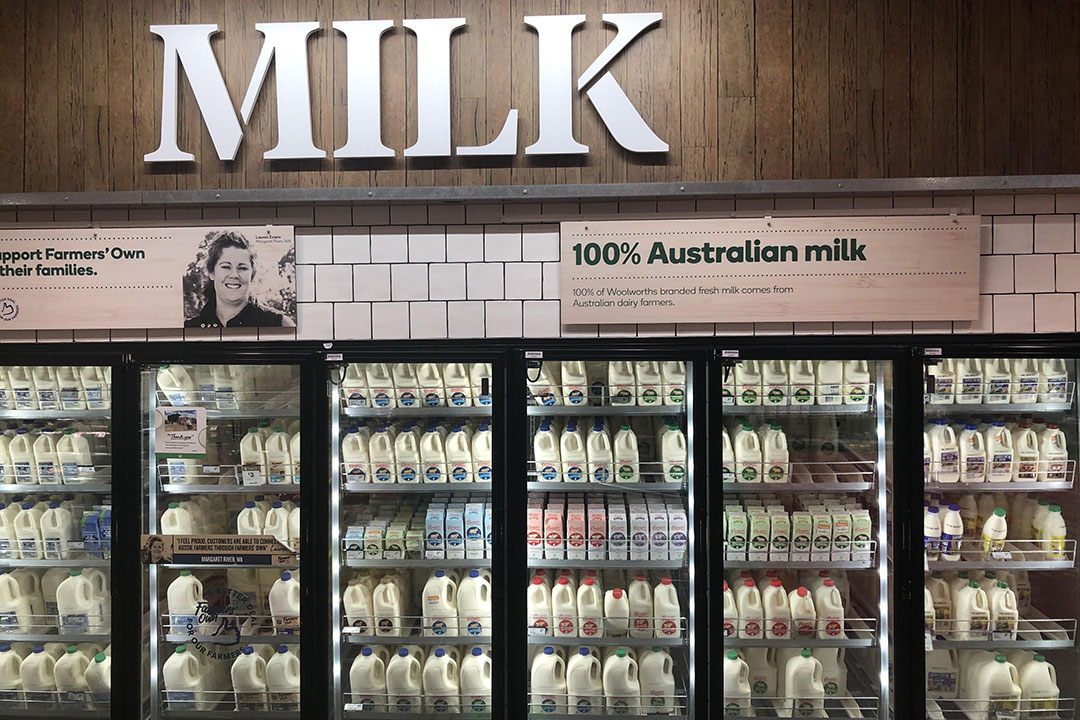
Standardised monitoring in dairy
The dairy industry and broader supply chain require a standardised monitoring tool to support consistent and ongoing monitoring of dairy food waste and enable tracking of industry progress against dairy food waste reduction initiatives. Experience from the United Kingdom indicates that initiatives focused on regular food waste monitoring can result in more than a 15% reduction in food waste.
Priority actions include investing in research and development and technical solutions for dairy manufacturing sites, implementing efficient inventory management systems to monitor and report on waste, partnering with food rescue organisations, promoting sustainable packaging solutions, and educating consumers through product labelling and storage advice-behaviour changes across the supply chain.
On farms, it is important to keep milk losses low and to quickly determine whether milk picked up early (at above 5°C) will meet the Food Standards Code and/or EU requirements. Targeted antibiotic use for cows, milk vat temperature sensors and generators to manage power outages, can also help to reduce losses.
The Action Plan was developed by Dairy Australia in collaboration with the Australian Dairy Products Federation and Stop Food Waste Australia, and with input from dairy businesses across the country.
Major savings for dairy producers
Janine Waller, executive director of the Australian Dairy Products Federation, says that developing the Dairy Sector Food Waste Action Plan has given the sector insights into where, what, and how much food waste is occurring across the dairy supply chain.
Mark Barthel, chief operating officer at Stop Food Waste Australia, says that studies show that just a 1% reduction in food waste could result in savings of up to AUS$10 million per year (US$6.7m) for dairy manufacturers, which would increase their ability to remain competitive in local and international markets.
“The benefits of reducing food waste go beyond financial gains,” he explains “Effectively preventing and managing dairy food waste can reduce associated greenhouse gas emissions by up to 20%, while also conserving water and energy and significantly reducing ecological footprint.”
Join 13,000+ subscribers
Subscribe to our newsletter to stay updated about all the need-to-know content in the dairy sector, two times a week.



